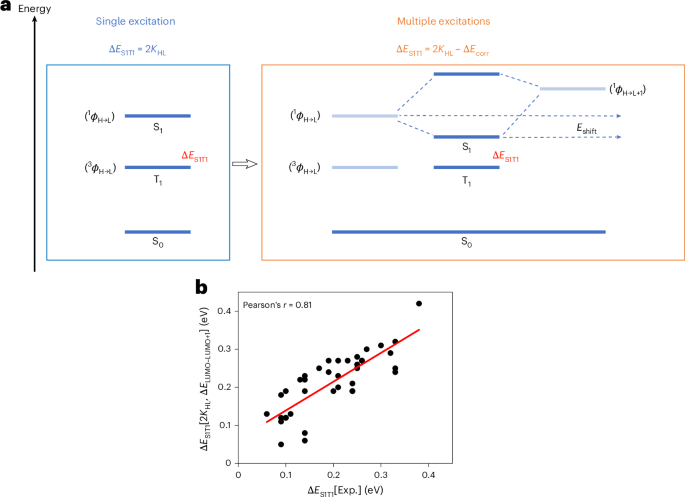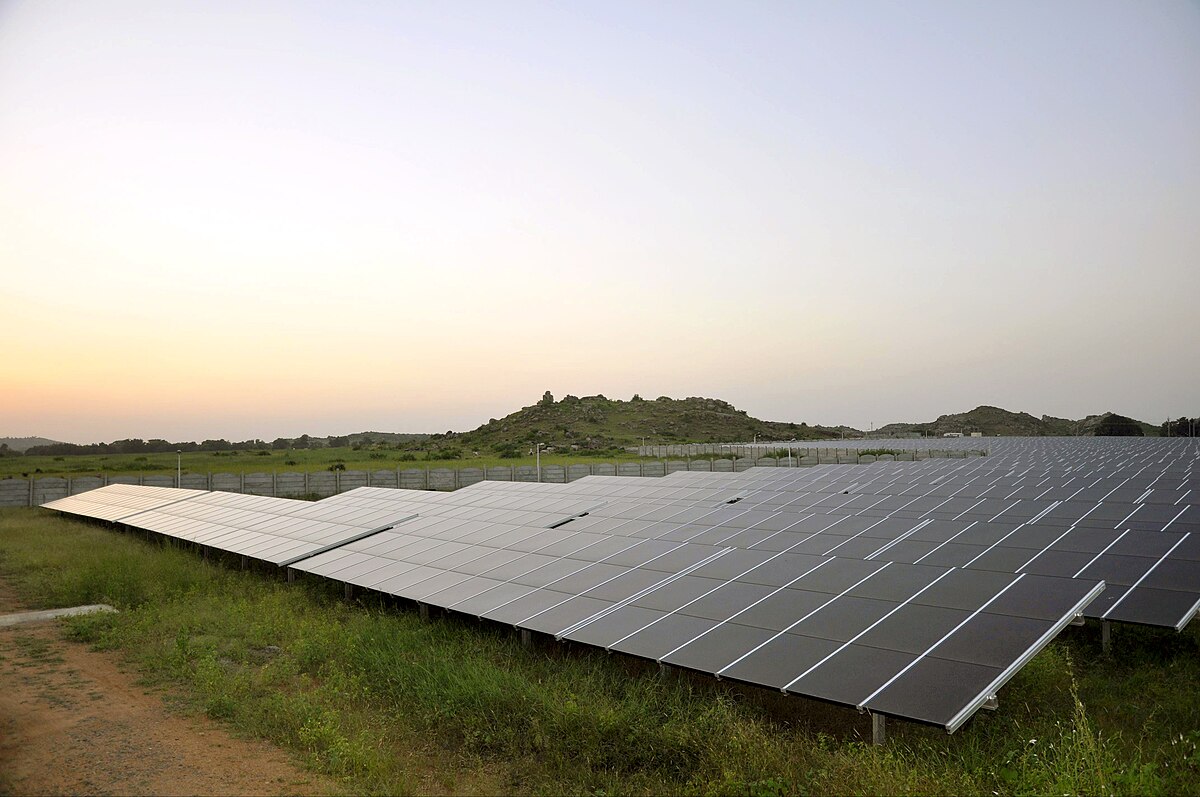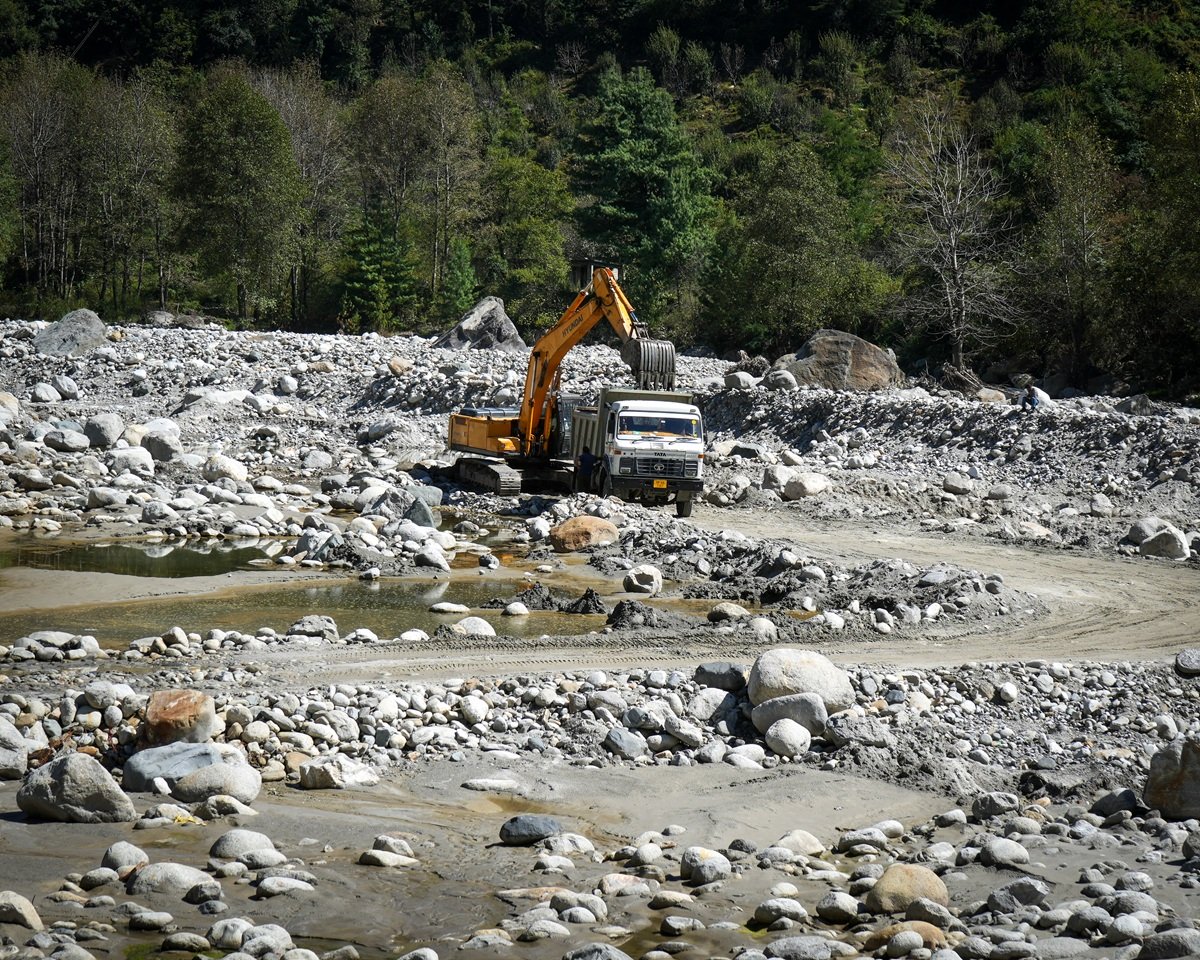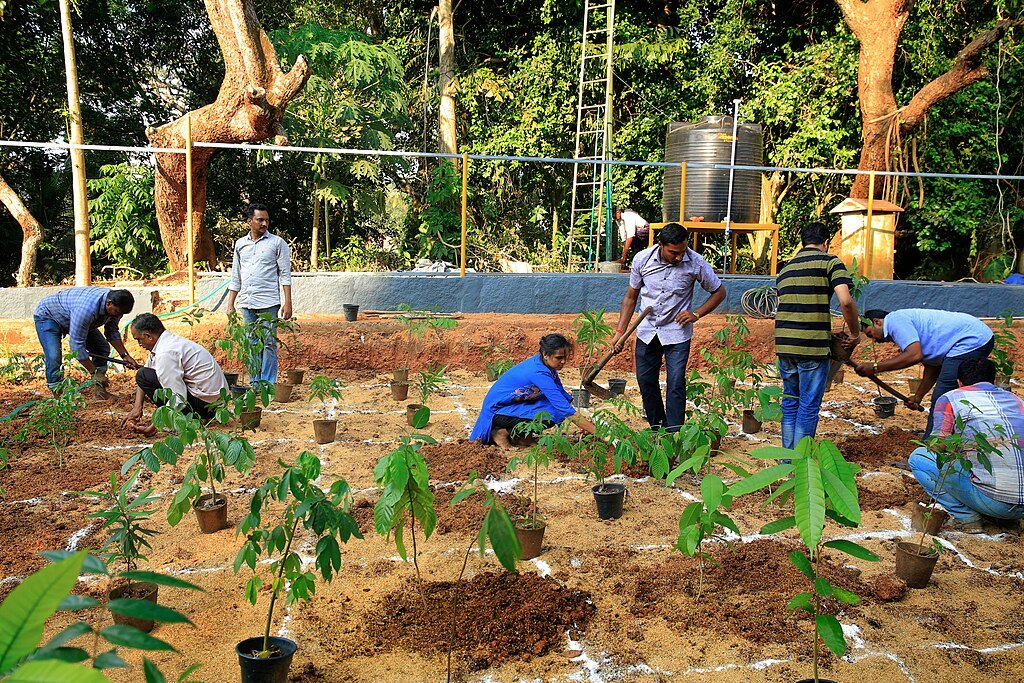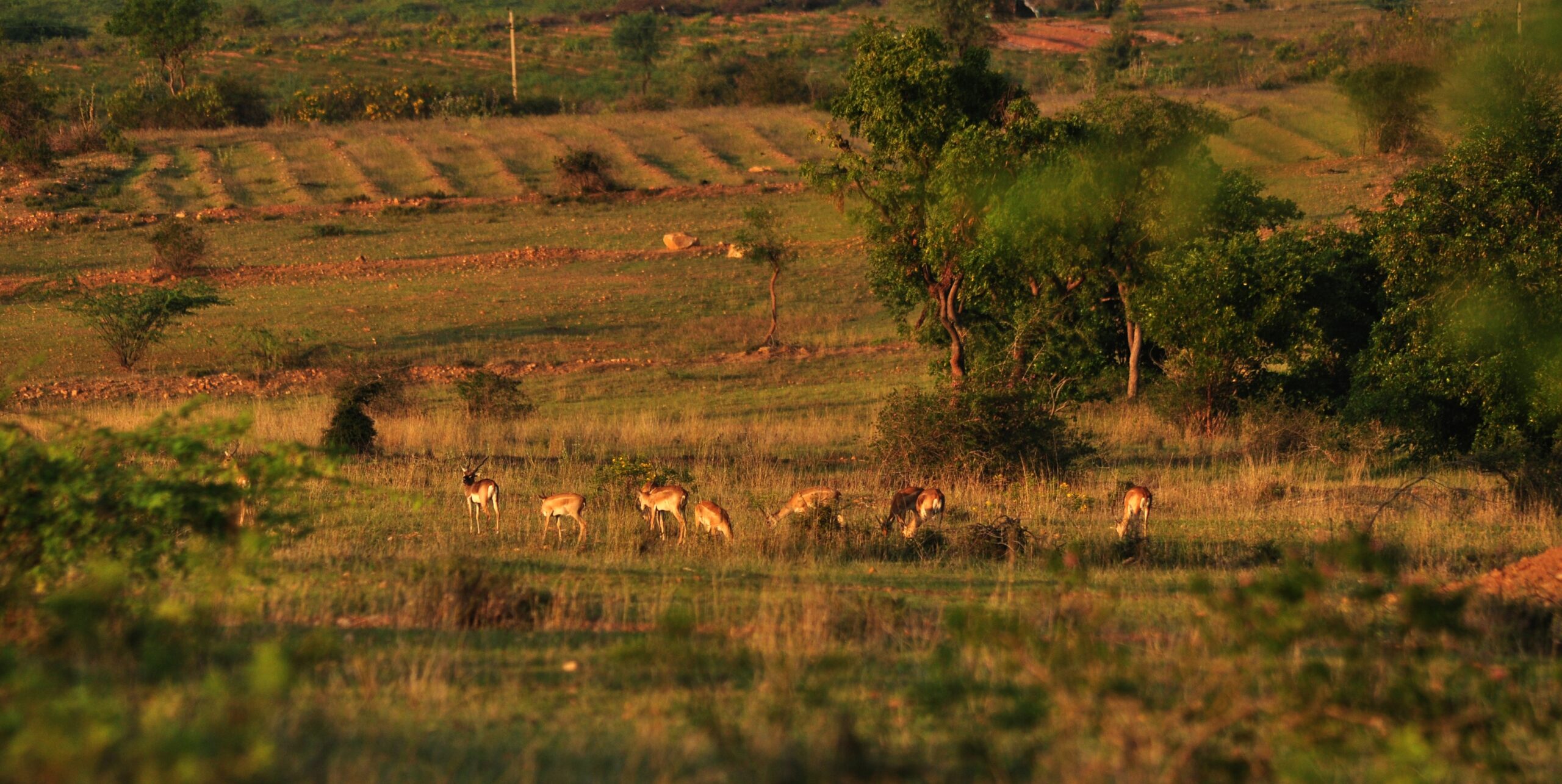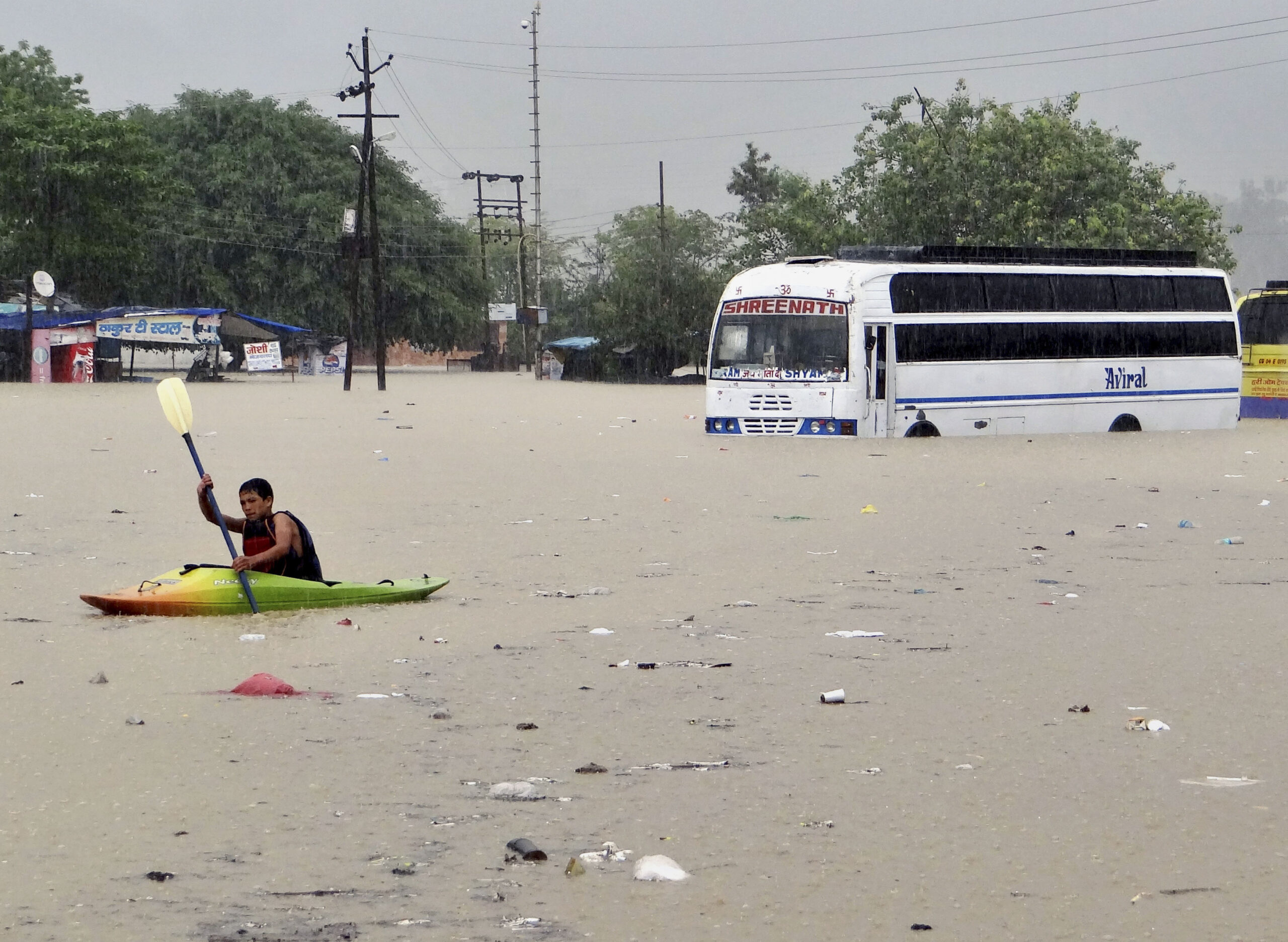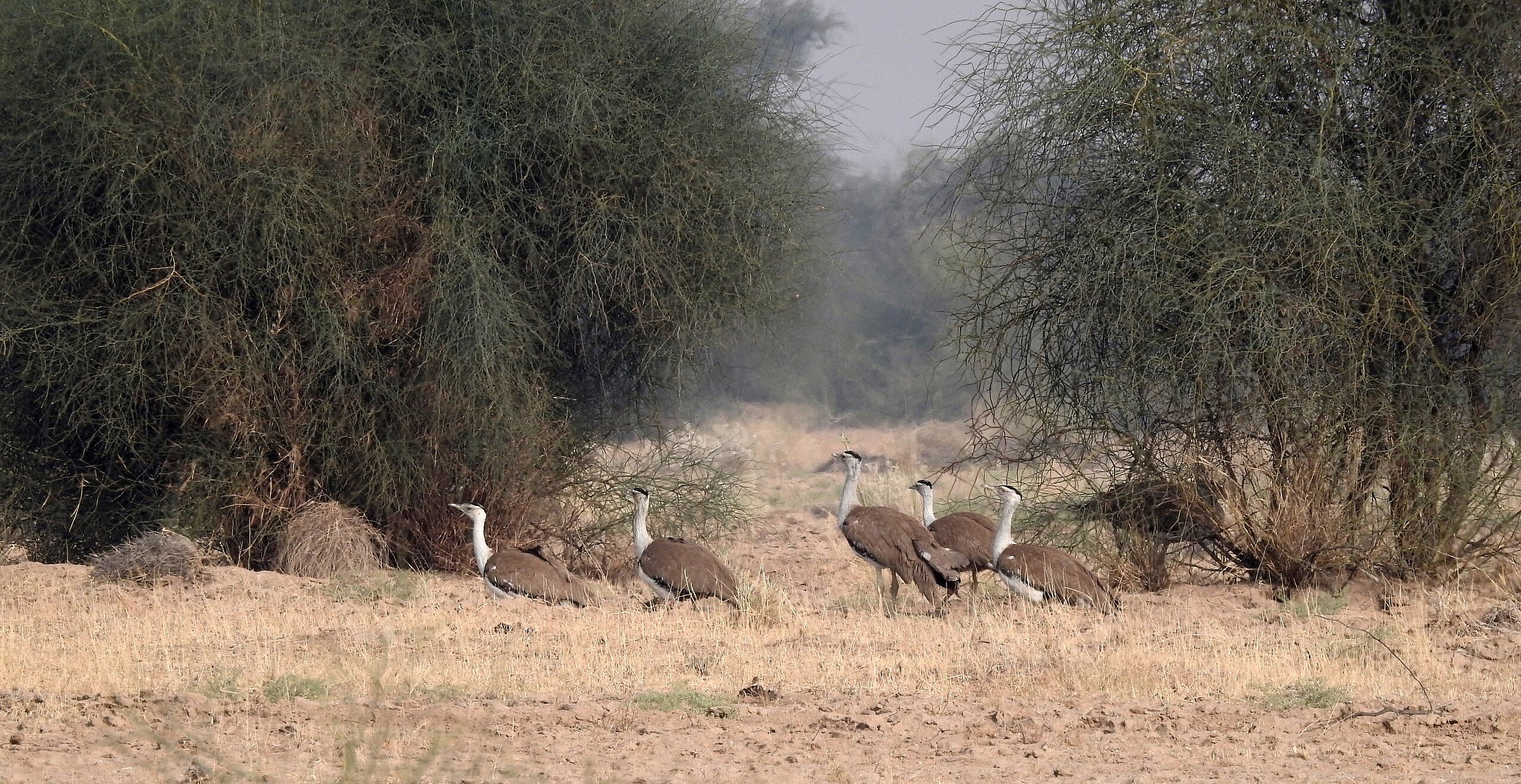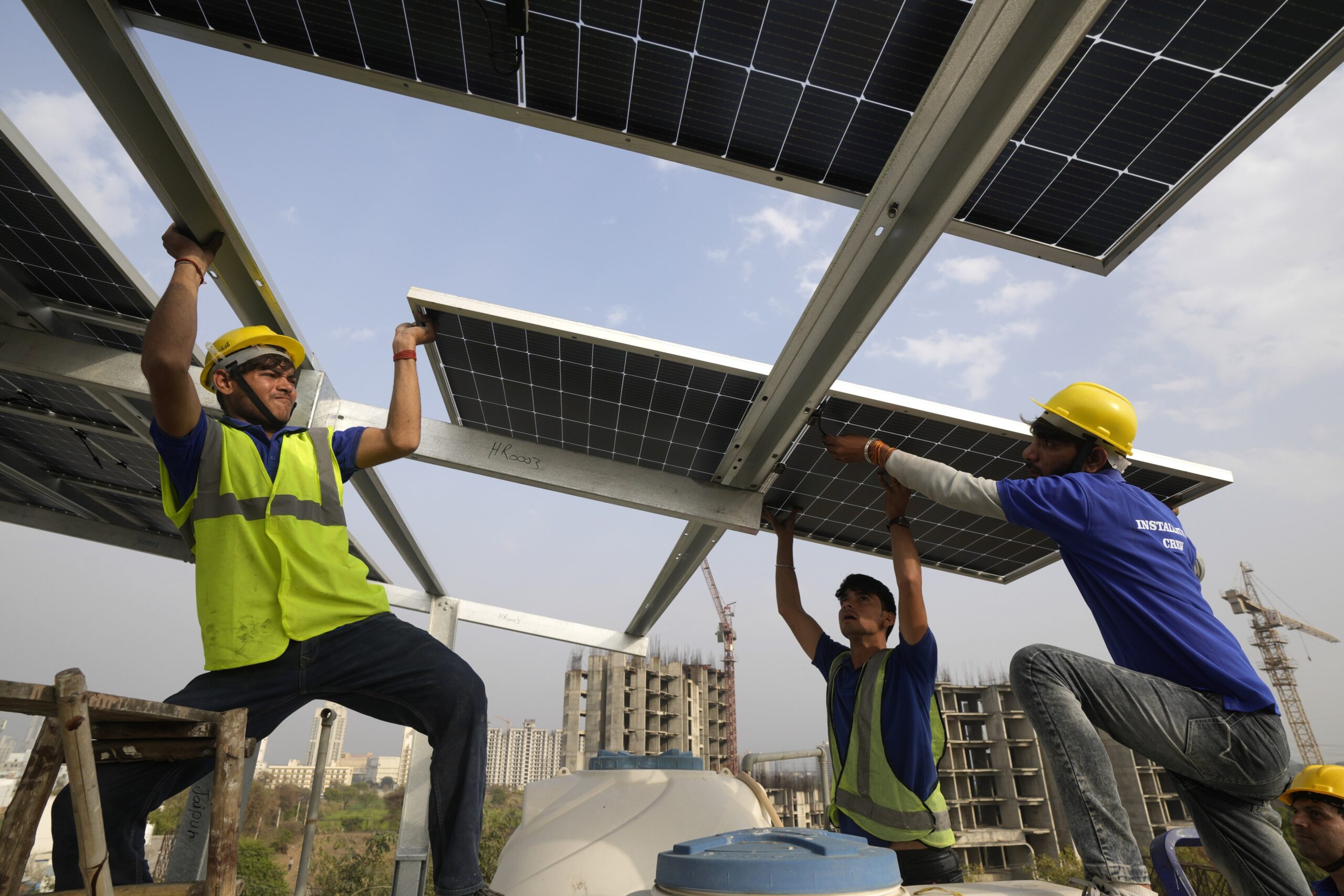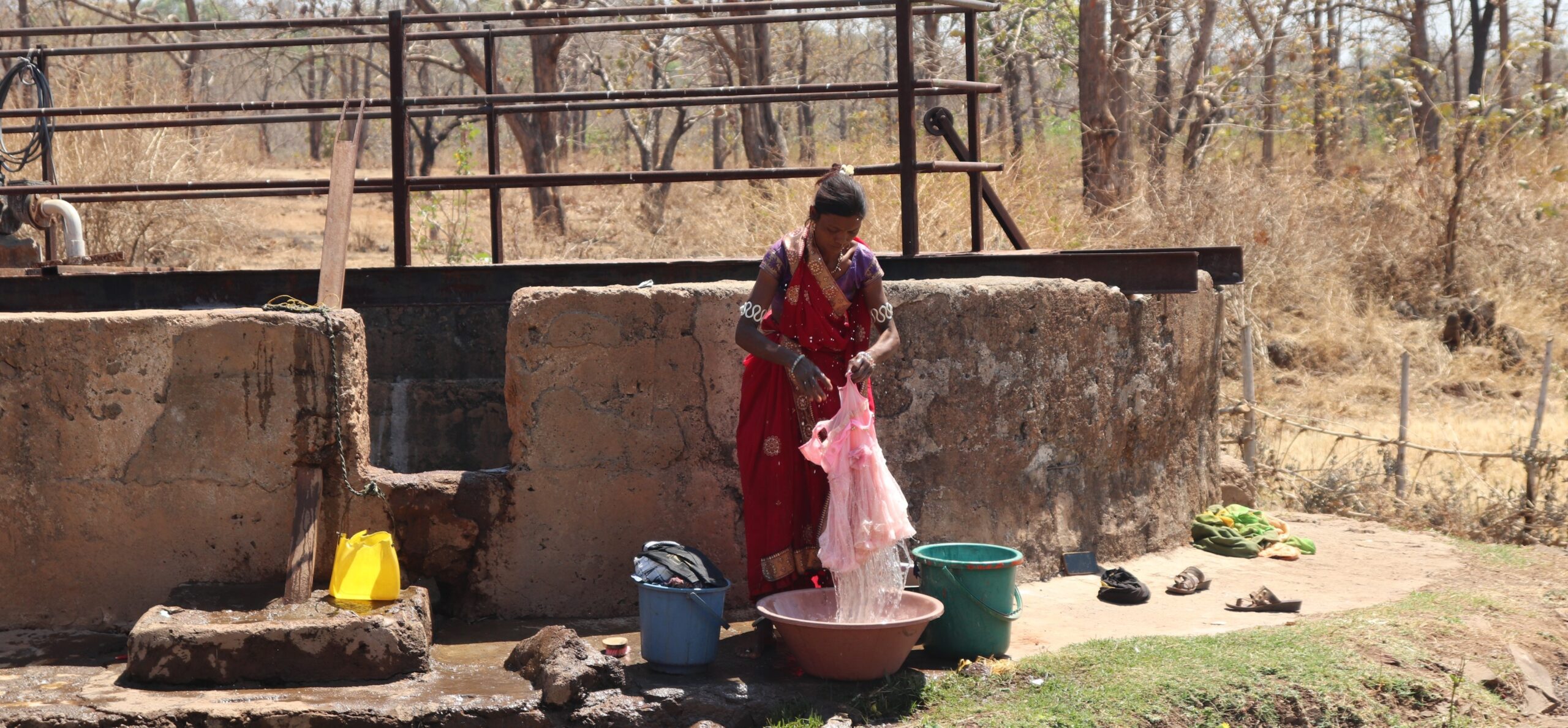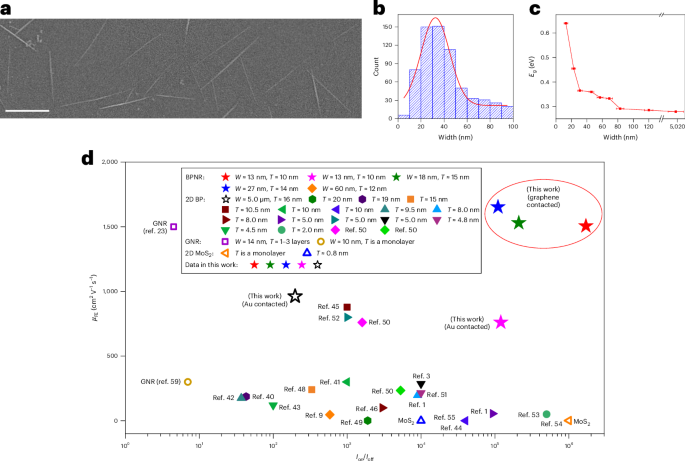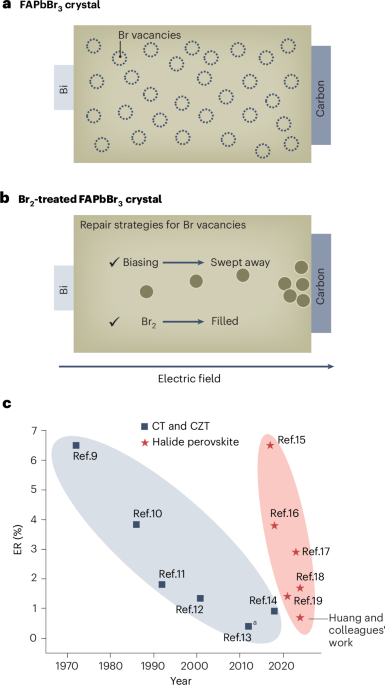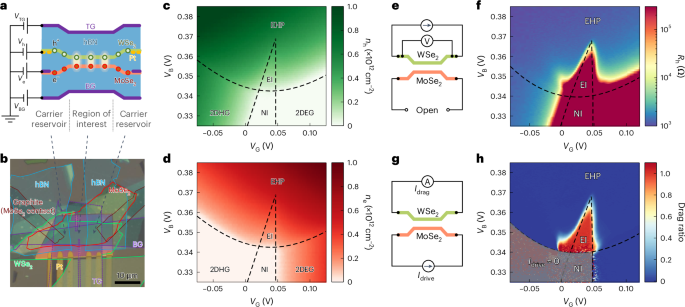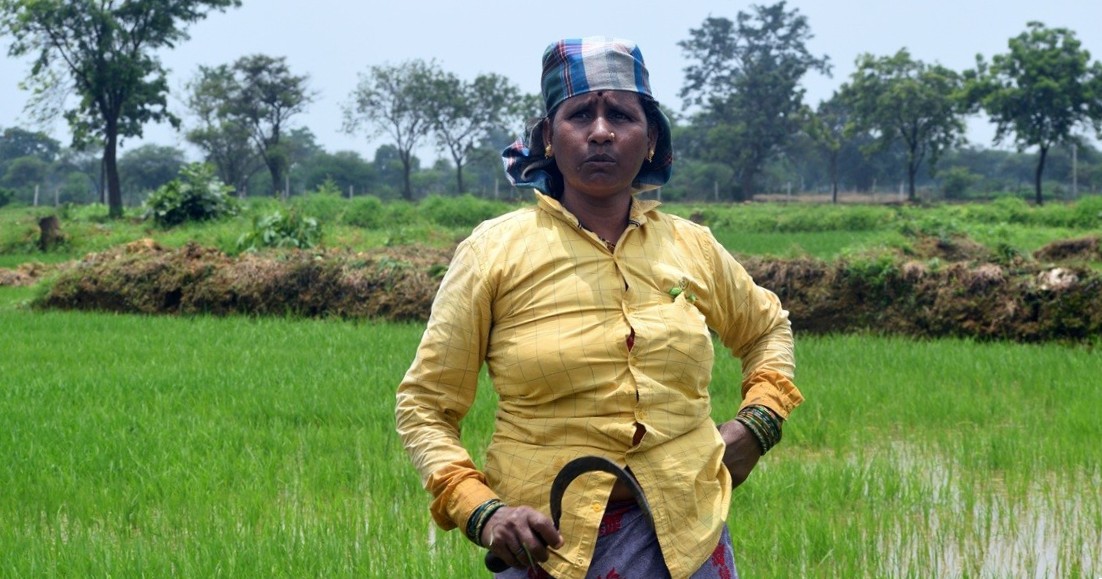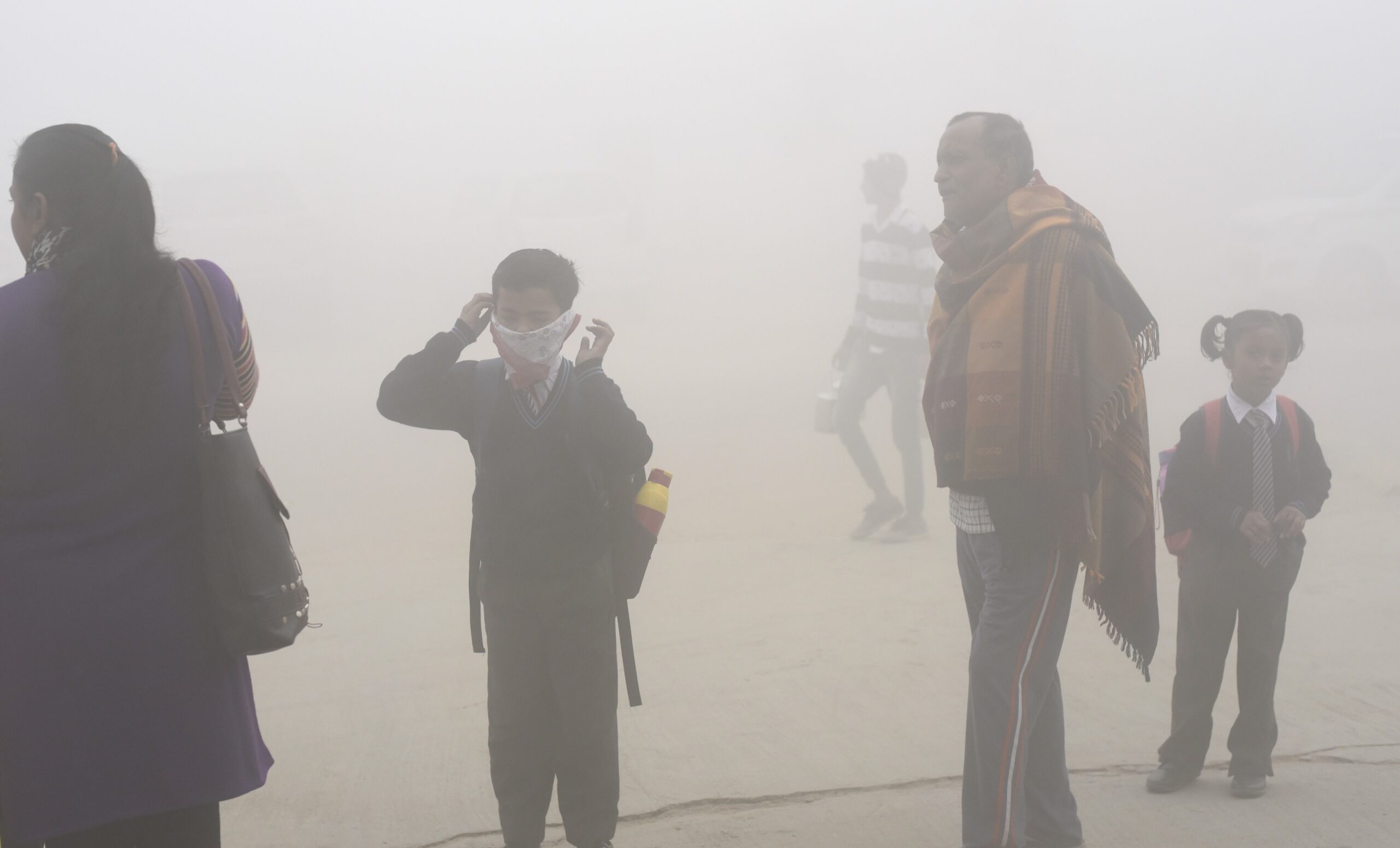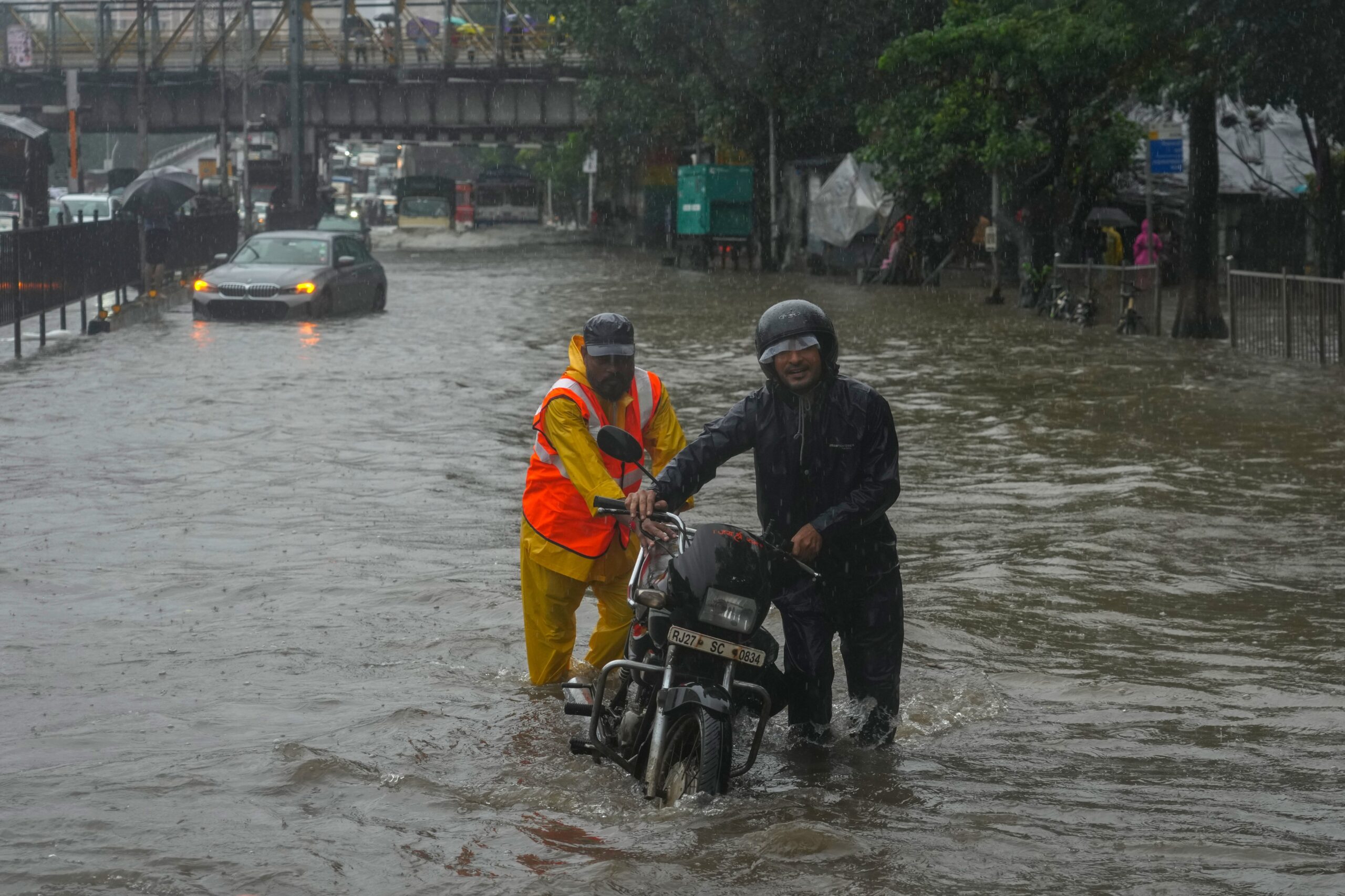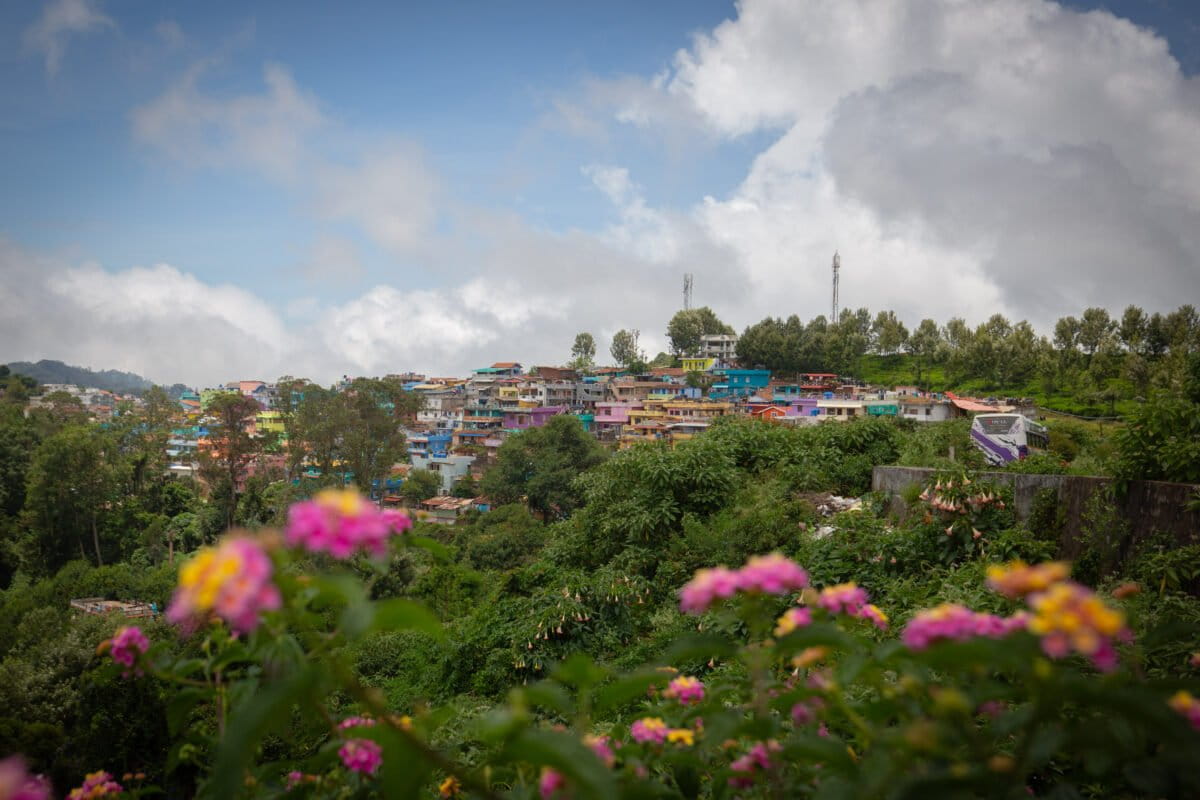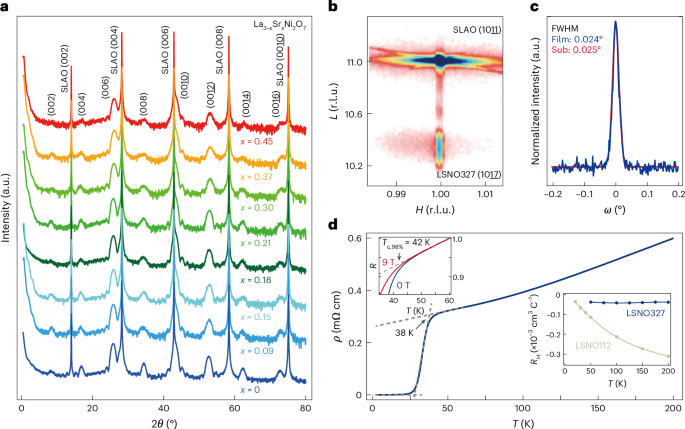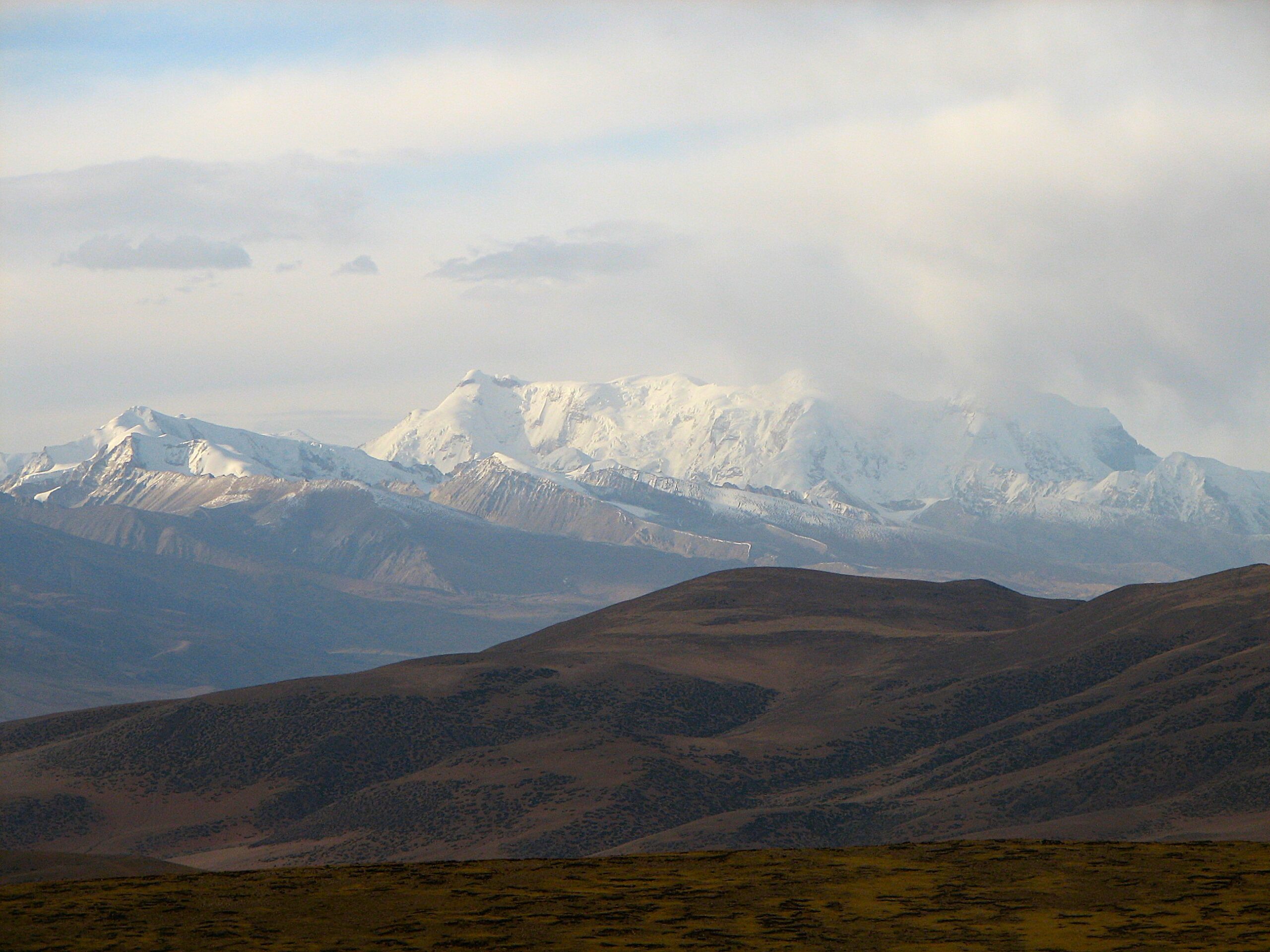
- India’s renewable energy transition is accelerating, marked by a significant drop in fossil fuel power generation and a growing push for green investment through subsidies, simplified policies, and the introduction of a sustainable finance taxonomy.
- Contested land and landscape use lies at the heart of energy transitions, with conflicting interests between governments, corporations, conservationists, and local communities leading to tensions over equity, ownership, and socio-ecological impacts.
- Green ensconcement is proposed as a holistic framework to guide just and inclusive energy transitions by integrating diverse social, cultural, ecological, and psychological values into how land and infrastructure are governed and transformed.
India’s tryst with transitioning away from fossil fuels and powering through renewables is at an intriguing moment. Energy statistics indicate that May 2025 marked the steepest year-on-year decline in coal and gas fired power generation since the COVID-19 pandemic, despite reports of increased push for coal, oil and gas extraction, a push which also meets increasing instances of social conflicts and protests. Investments in renewable energy are rising by the day, well-supported by governments offering lucrative incentives and subsidies as well as simplified licensing mechanisms to potential green energy investors at frequent global investor summits that have risen to prominence. India’s draft Sustainable Finance Taxonomy released by the national government mid-2025 marks another development to further entice investors in ‘green’ economic sectors including energy.
As energy transitions gain momentum, questions of ‘accelerating’ and ‘enhancing pace and scale’ preoccupy policymakers, development organisations and philanthropic institutions. Governing land for energy futures is a contested topic — some want relaxed laws that facilitate land acquisition, while others oppose unchecked, often forceful, acquisition that can dispossess local inhabitants of their property, livelihoods and socio-cultural identity. Amidst this backdrop, questions of just, equitable and fair green energy futures are also circulating in policy circles. These questions concern not only land, but altered landscapes, infrastructural changes, control, and ownership over time. With multiple actors, interests and aspirations pitted against each other on critical concerns around governing land, landscapes and infrastructures for energy transition, linear, isolated, myopic and technocratic approaches will result in winners and losers — unlike the ‘no-one-left-behind’ scenario espoused by just transition visions such as the Sustainable Development Goals.
To address this, ‘green ensconcement’ can be considered as an approach to understand, examine and implement energy transition in a way which is mindful and respectful of the multiple values, perspectives, and aspirations that diverse peoples accord to land, landscapes and energy infrastructures. This does not mean reinventing the wheel or pushing for more jargon in a saturated discursive space. Rather, it channels various disciplines that have been advocating for elements that constitute the ensconcement approach.
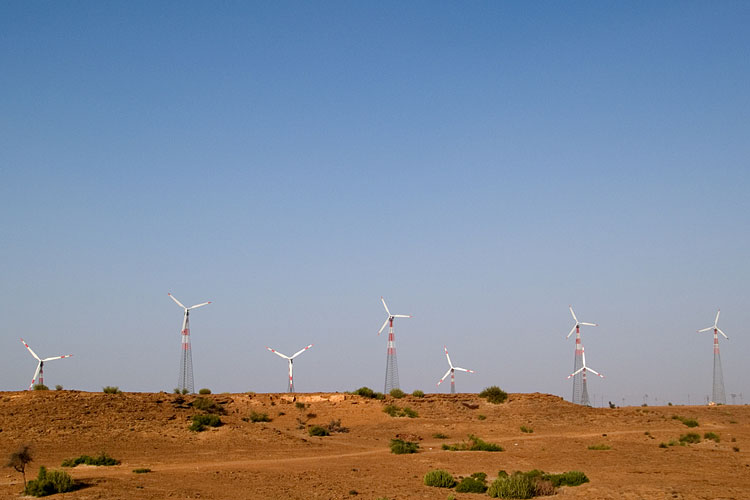
The what and why of green ensconcement
Extrapolating from the literal meaning of the verb ‘ensconce’ that denotes comfortably settling a person or thing in a safe space, ensconcement has been recently conceptualised in a study, Geographies of Solar Energy Transitions on decentralised renewable energy installations in Lisbon and Jaipur. Being expressive of embrace, absorption, and evocative of a sense of melding together, distinct yet combined in close entanglement, green energy ensconcement offers a policy tool to problematise, explore and lament diverse perspectives that shape how energy infrastructures interact with land and landscapes in any regional setting.
Academically, three broad disciplines lend themselves to conceptualising ensconcement — landscape geography, practice theory and environmental psychology. First, from landscape geography, the focus is on actual changes to landscapes and their utility value to a range of actors. What is a landscape used for, how does this change based on reformed terrain and territorialisation, and what does the reshaped landscape prioritise/deny? Second, in practice theory, the focus is on the relational nature of actor-landscape dynamics to identify political and power-based tensions that unlock particular types of changes in a given context. It emphasises which practices continue and which are reconfigured. Third, in environmental psychology, the value of understanding contextual tensions between preferred landscapes and land uses is studied, along with the resistance by various actors to particular imaginaries of future landscapes created due to a given type of ensconcement. What is the nature of envisioning and contestation, and how are the two related to the actual changes that are brought to bear on particular landscapes?
With this conceptual background, it is imperative to note how energy transitions cut across land, landscapes, and energy infrastructures. In terms of land-intensive facets of energy transitions, these consist of extractive mining, allied transportation infrastructure, power generation and other energy-based economic industries, green energy generation sites, landscapes, and associated transmission infrastructure that cumulatively alter local indigenous landscapes. Be it the case of a new coal mine coming up in forest areas, like in Hasdeo Aranya in Chhattisgarh; an old mine being closed down for repurposing with solar plants or ecotourism; or green energy setups being installed in the deserts of Rajasthan, the Rann of Kachh in Gujarat, or the Nilgiri hills of Tamil Nadu and Karnataka — energy transitions are inherently riddled with visibly oppositional views and competing interests. A pastoralist in Jaisalmer’s desert landscape wants an undisturbed landscape with shrubs and water bodies left untouched by industries; an environmentalist in Hasdeo Aranya wants to save the trees which the proposed coal mine would uproot; a wildlife conservationist in Jodhpur wants to have reflectors installed on transmission lines and electrical infrastructure that threatens the Great Indian Bustard. However, governments and environmentalists understandably also want to increase renewable energy infrastructure development, supported by eager investors and energy developers; they want continued industrialisation as a means to bring about development; and policymakers and the general public based far from contested energy spaces have divided views and convictions regarding such issues.
In such a context, the ‘either-or’ approach of either bulldozing green energy over existing landscapes or submitting to the calls of protestors further widens the rift between actors. Governments, corporations, and like-minded policy actors stand against environmentalists, conservationists, and other protestors in an ‘us-versus-them’ setting. Governance becomes more authoritarian and less democratic, especially given how urgent ‘climate action’ frames an energy acceleration agenda. A green ensconcement approach can help identify a better pathway forward.

How to bring green ensconcement into play
To implement ensconcement and reconfigure energy transitions towards more equitable and just outcomes, it is essential to emphasise context-specificity. While actual practices vary by context, below we articulate three basic prerequisites for examining green ensconcement, namely reconfiguring socioecological landscapes, structuring decision-making processes, and addressing power differentials.
First, reconfiguring socioecological landscapes: green energy futures, including solar and wind energy, are intrinsically composed of related social, political, cultural and ecological values. Even as the economic valuation of nature, ecosystem services, and natural capital gains momentum in academic and policy circles, there is a need to broaden the conceptual bandwagon of how to understand infrastructures, land and landscapes in the context of energy transitions. This implies prioritising historically overlooked socio-cultural, religious, and ecological aspects that reshape land and landscapes during energy transitions. It is worth adding a cautionary note regarding the appropriation of concepts by actors to serve vested interests. Exploratory studies that further problematise issues are often accused of hindering ‘action’. Even within academia, different schools of thought and ideological inclinations can result in the appropriation of a concept such that it can mean everything, and therefore nothing, like the point famously made by Aaron Wildavsky in 1973 about planning, which could be said to hold true of ‘just transitions’ at present.
Second, structuring decision-making processes: in order to reorient accountability, participatory and transparency mechanisms, there is a need to place robust checks and balances on the largely unhindered conduct of state and corporate actors in contexts where green energy projects are being implemented. Problems related to green energy projects are often ingeniously manoeuvred by policymakers who paint a glossy, rosy picture that insulates projects away from critique related to cognate aspects such as biodiversity degradation, human rights violations, and socioecological injustice. The state governs society and economy using a wide array of regulatory tools (ranging from strict command-and-control to self-regulation); in the same vein, there is a need to enhance the mechanisms through which historically marginalised sections of society strive to keep the conduct of state and corporate actors in check.
Third and finally, addressing power differentials: in addition to reconfiguring infrastructures, landscapes, and governance systems, it is prudent to build agency so as to shift unequal power dynamics over time and widen influence over decision-making. Strengthening and structurally revitalising existing mechanisms of participatory governance with democratic principles and practices such as environmental impact assessments and public hearings must go hand in hand with institutional and behavioural shifts to address power differentials. Taking a cue from alternative evidence, for instance of empowering municipalities to have a say in energy projects, or the practice of Community Choice Aggregation in California, one can configure, reconfigure and prefigure ways to decentralise and democratise energy transitions in favour of marginalised communities.
Land and infrastructure are not just things, nor are landscapes necessarily what they seem from the air-conditioned chambers of policymakers. It follows that simply measuring the progress of energy transitions through checklists of reductive indicators or quantitative metrics such as low-carbon targets cannot suffice. We argue for guarding against the trap of figuring out ways to demonstrate ‘justice’ on paper. In practice, justice can only flow from first acknowledging and exploring past injustices in a situated manner, a process that can give rise to future development pathways. Ensconcement offers an epistemological and developmental tool to study and understand past injustices in order to co-create ways to address them — upholding the vital principles of democracy, transparency and accountability to a high standard.
Sarthak Shukla is a PhD candidate at the Swedish University of Agricultural Sciences, Uppsala, Sweden and Siddharth Sareen is a Research Professor at Fridjof Nansen Institute, Oslo, Norway. A longer journal article on this topic is under review.
Read more: India approved mission to bridge critical mineral gap in energy transition
Banner image: A woman works at a coal depot in Ahmedabad in the summer of 2022, when heat waves were scorching the country. Representative image. (AP Photo/Ajit Solanki)

























